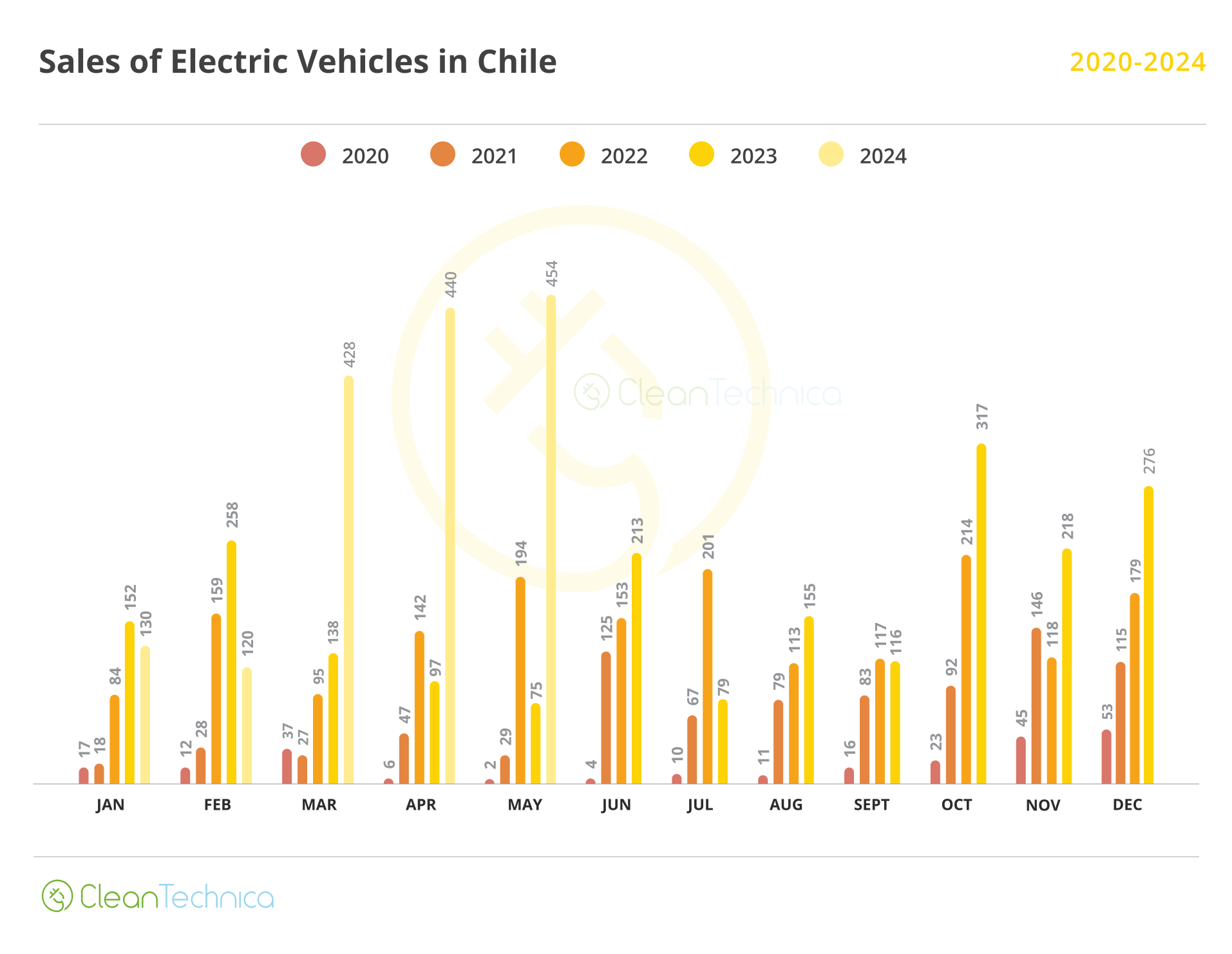
Solar panels are keeping air conditioners on in Texas during record high temperatures and helping the EU stave off energy blackouts due to Putin’s war on Ukraine. The US government is offering multiple incentives to companies to manufacture them in America instead of China. But while solar is rapidly becoming a major source of electricity for the world, it is still a relatively young technology, with lots of room for innovations to increase the efficiency of solar panels and drive down costs.
There is something else about solar panels that has to be taken into account before we declare them to be the key to a zero carbon future. Today, they have a useful life of about 10 to 15 years in large commercial applications. That doesn’t mean they stop producing electricity entirely. Most panels are still functioning after 25 years. Some of our readers report they have panels that are 50 years old that are still producing electricity.
But if we are talking about a large commercial solar farm where a difference of 1% can make the difference between being profitable or not, there comes a point where it makes sense economically to replace them with newer, more efficient panels. That means if we are installing millions of solar panels today, there are millions of them that will need to be recycled in the future.
This week brought two announcements of interest to the solar industry. One involves hybrid solar panels that are significantly more efficient than today’s conventional panels. The other involves a new way of recycling older panels. Here’s more.
Hybrid Silicon/Perovskite Solar Panels
Conventional panels rely on silicon to convert sunlight to electricity. The theoretical limit for silicon is about 29%, meaning less than 30% of the sunlight that strikes them is turned into electricity. The current efficiency record for silicon-only solar cells is 24.5% in commercial cells and 27% in the laboratory. Silicon reacts to certain wavelengths in the visible portion of the electromagnetic spectrum. But there is more to sunlight than what the human eye can see. Some of it falls into the “blue” part of the spectrum, which we call ultraviolet, and some into the “red” part of the spectrum, which we call infrared.
Perovskites make electricity from the “blue” part of the spectrum. Combine them with conventional silicon solar cells and the result is a solar panel that is more efficient that silicon can ever be on its own. According to The Guardian, multiple researchers have done just that to make solar panels with an efficiency of 30% or more. Experts said that if the scaling-up of production of the tandem cells proceeds smoothly, they could be commercially available within five years, about the same time silicon-only cells reach their maximum efficiency. That’s a big “if,” of course.
Two groups published the details of their efficiency breakthroughs in the journal Science on Thursday. One group, led by Professor Steve Albrecht at the Helmholtz Center Berlin for Materials and Energy in Germany, claims it has achieved efficiencies of up to 32.5% for silicon/perovskite cells. The other group, led by Dr Xin Yu Chin at the Federal Institute of Technology in Lausanne, Switzerland, demonstrated an efficiency of 31.25%. It said tandem cells had the “potential for both high efficiency and low manufacturing costs.”
“This year is a revolutionary year,” said Prof Stefaan De Wolf, at King Abdullah University of Science and Technology in Saudi Arabia. “It’s very exciting that things are moving rapidly with multiple groups. What these two groups have shown are really milestones. Overcoming the 30% threshold provides confidence that high performance, low cost PVs can be brought to the market. The industry is running very, very fast,” De Wolf said. “And I’m sure that multiple companies are working on this in China.”
Regular readers know that durability is one of the issues that has kept perovskites from full scale commercial production so far. The researchers in Germany and Switzerland are working to remove tiny defects on the surface of the perovskite layer which allow some electrons liberated by solar photons to flow back into the perovskite, rather than contributing to the cell’s electrical current and reducing its efficiency.
All the researchers are using different techniques to maximize the output and longevity of perovskite solar cells, which suggests more improvements are possible. “There’s still lots of room to go further,” DeWolf said. “I believe that the practical limit is well beyond 35%.”
Cooking Solar Panels In A Microwave
Disposing of old solar panels is a challenge. The materials inside might be worth $3 to $5, but the process of recovering them costs as much as $30 per panel. The solar panel industry “is working on doing the right thing because it’s a very manageable problem,” Teresa Barnes, a photovoltaics expert with the Energy Department’s National Renewable Energy Laboratory told the Washington Post. “It’s a technologically solvable problem. It’s an economically solvable problem.”
The challenge with silicon solar modules is “people don’t quite know how to handle them,” Barnes said. “There’s a real mix of regulations. There’s a mix of materials that can be in there.” A typical solar panel is composed of aluminum, glass, silicon, plastic, as well as copper, silver, and a little bit of lead. The layers are sealed together to make the panels weatherproof but that means taking them apart is difficult. For one thing, the glass on the outside is bonded to the materials underneath, making it nearly impossible to remove it in one piece.
Researchers in Australia say they have come up with a way that could help solve that problem. “We started our work with a modified kitchen microwave,” said Binesh Puthen Veettil, a senior lecturer in the School of Engineering at Macquarie University who led the research. “The principle is the same and the frequency we’re using is 2.45 gigahertz, which is the same as what a kitchen microwave uses.”
The researchers found that when exposed to the microwave treatment, a solar panel’s protective plastic coating softened to the point where it could be peeled off, meaning the panel could be easily delaminated and its parts retrieved without using harsh chemicals. This approach could allow recyclers to recover the high-quality glass from panels whole instead of having to crush it and sell the pieces as raw material. “Just by extracting that glass intact, you are readily making solar panel recycling economically more viable,” Veettil said.

More viable? Yes. Profitable? Maybe. The researchers estimate their process could unlock materials from each solar panel worth about $12. But if it costs up to $30 to recycle a panel, there is not yet a good business case for doing so. Barnes at the NREL is quite cavalier about the issue. “The benefits of a decarbonized electricity system greatly outweigh the risks of having some solid waste at the end of life, especially when we’re already putting the infrastructure in place to start to manage that,” she said.
But if new ways of recycling old panels can recover more materials and the cost of the dismantling them comes down, maybe there will be a point where recycling becomes economically feasible. Decarbonizing is all well and good, but what humanity needs is a fully circular economy where old stuff is not just buried in landfills but becomes the basis for new stuff. Then, and only then, will we achieve a balance with nature that will permit humans to continue inhabiting the Earth.
I don’t like paywalls. You don’t like paywalls. Who likes paywalls? Here at CleanTechnica, we implemented a limited paywall for a while, but it always felt wrong — and it was always tough to decide what we should put behind there. In theory, your most exclusive and best content goes behind a paywall. But then fewer people read it! We just don’t like paywalls, and so we’ve decided to ditch ours. Unfortunately, the media business is still a tough, cut-throat business with tiny margins. It’s a never-ending Olympic challenge to stay above water or even perhaps — gasp — grow. So …




